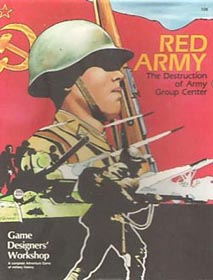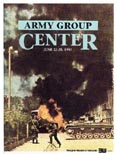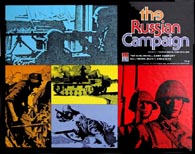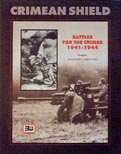WARGAMESOSD The Russian Front (TRF) |
| Operation
Barbarossa and the war in Russia 1941-45 |
Nazi Germany invaded the Soviet Union on the 22 June 1941 by amassing more than 3,000,000 troops on its borders. They were divided into three armies - Army Group North, Centre and South. Having seen how weak the Russian army was when it attacked Finland on the 30 November 1939, Hitler expected his 'Blitzkriig' offensive, named 'Operation Barbarossa' to succeed by the onset of the Russian winter. But the attack was delayed by Italy's failures in the Balkans and starting Operation Barbarossa weeks later led to crucial time being lost in the campaign. All started well for the attackers, however, with the German troops ill-equipped for the harsh Russian winter the campaign began to bog down, giving the Russians vital time to regroup and strengthen their defences during the cold months. |
| Wargamers have always been attracted by the campaign in Russia as it represented many tactical and operational challenges, just as it did for Hitler's poor generals as Hitler changed his mind time and time again about its political objectives. It is also a fallacy that Hitler also involved himself in operational decisions of the highest importance, but understood little about tactics. The obvious example was that of not allowing retreats, especially where a tactical retreat could have saved whole divisions from enciclement. |
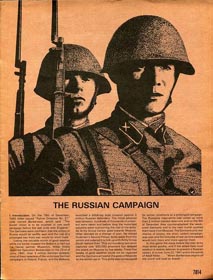 First edition rules from Avalon Hill's 'The Russian Campaign' published in 1977 | The
Russian Campaign has been well covered by game designers, popular 'table-top'
versions being 'The Russian Campaign' published by Avalon Hill in 1977, a game
which broke the campaign down into seven scenarios covering the most important
battles; and 'Russian Front' also by the same company and published in 1985. This
game had four scenarios plus the grand campaign game. Some of the earliest games to cover the larger Russian Campaign were published by GDW (Games Design Workshop): 'Drang nach Osten' (Rush to the East) (1973), 'Unentschieden' (no translation) (1973) and 'Die Götterdämmerung' (Twilght of the Gods) (unpublished) the last game being an expansion of the war from Russian soil into the heart of Germany. These games were replaced by the massive 'Fire in the East' (GDW 1984), 'Scorched Earth' (GDW 1987) and 'The Urals' (GRD - Game Research/Design 1989). As part of the Europa series these three games were numbered Europa I, Europa II and Europa XIII respectively. More recently MMP (Multi-Man Publishing) have released 'Case Blue' (2007) and Guderian's Blitzkrieg II (2001), which also covers the entire Russian Campaign (except Leningrad), both games being re-releases of earlier popular games 'Enemy at the Gates' (1994) and 'Guderian's Bltzkrieg' (1992) |
Operation Barbarossa by GMT Games Competing for size with the Europa games are GMT's popular versions of 'Operation Barbarossa' which is divided into three parts, with games that can be played individually. All games include multiple maps and scenarios and copies of the now out of print games command a good price on auction sites, as do the other monster games in the Russian Campaign, especially if they are in good condition and unpunched. |
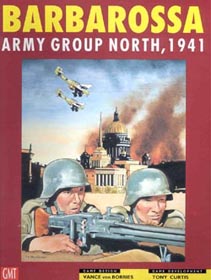 | 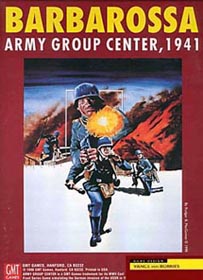 | 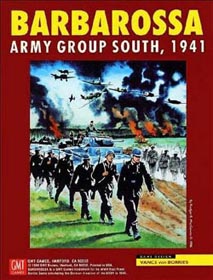 |
